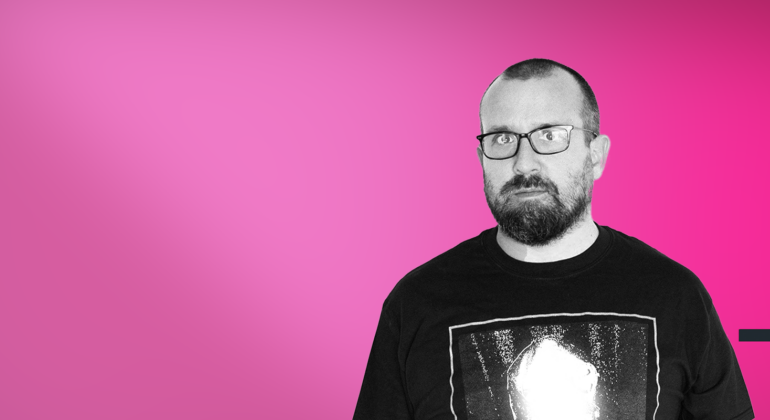If you’re a solar product purchaser, there’s a reason why you select particular tier-1 solar brands for your projects. Price is the first factor, but beyond price, what specifically will make you switch brands and break your solar brand loyalty?
After a great session at U.S. GTM’s Solar Market Insight conference called “Distributed PV Hardware Innovations from the Buyer Perspective,” I asked that question to a panel made up of three big solar product purchase decision-makers.
- Thomas S. Enzendorfer, Chief Communications Officer, Soligent Distribution & Solar Engine
- Dirk Morbitzer, Supply Chain Manager, Sunrun
- Scott Stephens, Director, Technology Development, NRG Renew
Their answers were brief yet significant lessons for manufacturers who are seeking to not only keep their customers—but perhaps gain new ones, as well.
At Soligent, Enzendorfer immediately answered “consistency,” and that makes so much sense. As a solar product partner for its installer and developer customers, Soligent needs its manufacturers to deliver their products to them on time so they can efficiently distribute those same products to installers.
Of course, consistency means more than just on-time delivery. If a manufacturer became somehow inconsistent with delivering the promised quantity or had a recall or made confusing product improvements that slowed down installs and installer satisfaction, those kinds of inconsistencies might also make a distributor like Soligent break its brand loyalty and seek new product partners.
My takeaway: To keep customers, consistently deliver what you promise. And if you want to gain new customers, show your target market how you deliver what you promise with testimonials and data to back it up.
Dirk Morbitzer of Sunrun said he had to consider many parameters to switch brands for his rooftop installations. While he wasn’t opposed to taking on new technology, to do so, the product has to be bankable, plus being somehow improved.
My takeaway: For a huge residential installer like Sunrun, switching solar products depends on many factors and is risky, especially for new technology. Therefore, sales and marketing have to eliminate all of their perceived risks—plus be competitively priced.
Scott Stephens of NRG Renew seemed open to new technology, but seemed to indicate he would only switch brands if he saw his competitors successfully using the technology. So, once again, it appears that solar product purchasers are averse to risk. It’s a bit of a chicken-or-the-egg issue, though. Who’s going to take the risk and be first?
My takeaway: Larger solar product purchasers may not want to be first, but if you can show how their solar peers are successfully using your solar product—especially if it’s new technology—that leads to building trust and the potential for breaking brand loyalty.
Are you a solar product purchaser? Beyond price, what makes you switch solar brands? Please share your experiences with fellow Think Tankers in the comments section.
Tor “Solar Fred” Valenza is the chief marketing officer of Kiterocket’s Solar Lab. Follow him on Twitter at @SolarFred and @Solar_ThinkTank.



